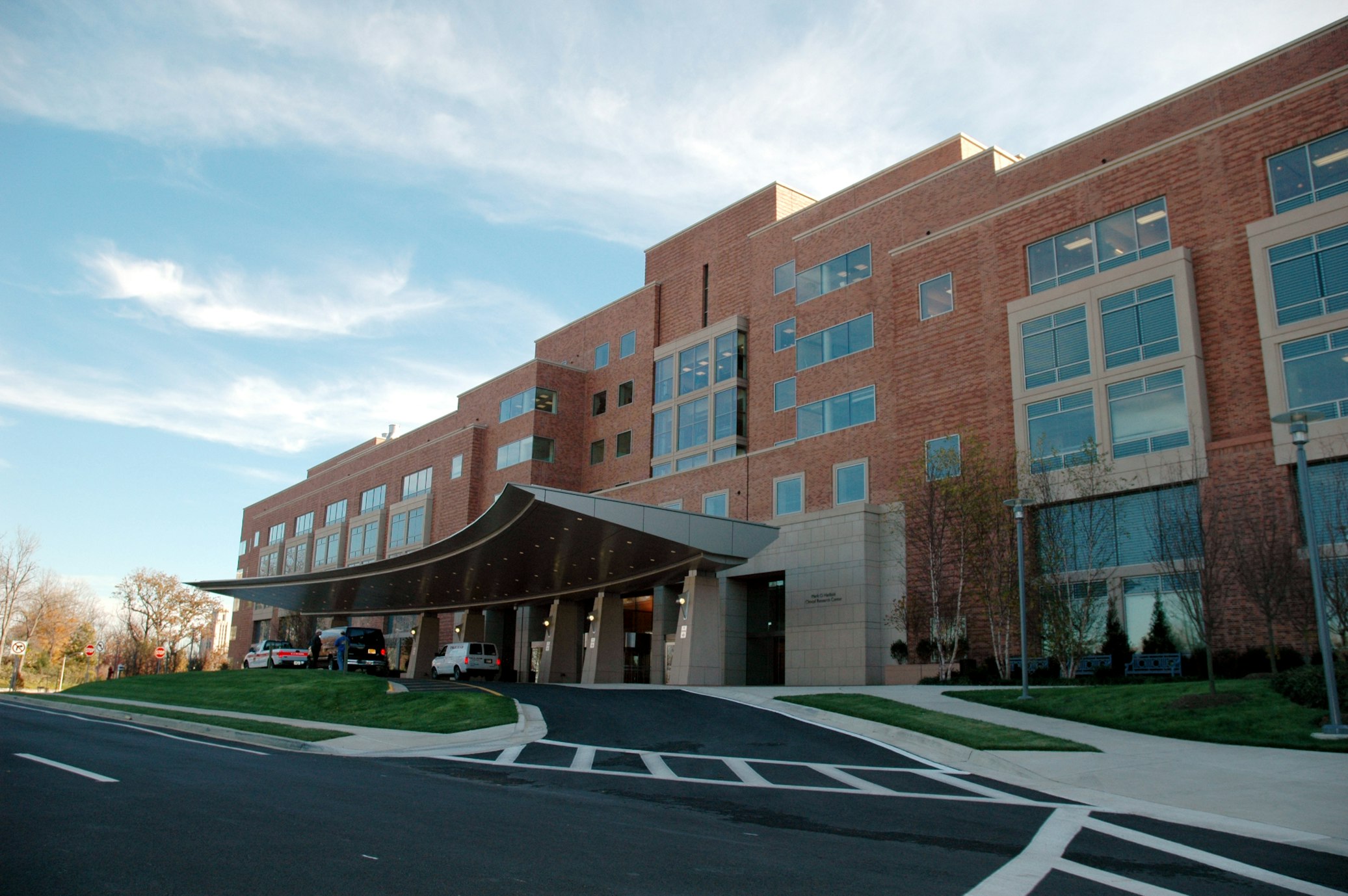The Eternal Dance Between Human Ingenuity and Cancer
For decades, the war against cancer has been fought with increasingly sophisticated weapons, but challenges remain in specifically targeting cancer cells while sparing healthy tissue.
In this eternal dance between human ingenuity and disease, two unexpected partners have emerged from basic science laboratories: oncolytic viruses and aptamers.
Did You Know?
The combination of aptamers and oncolytic viruses represents a fascinating convergence of virology, nanotechnology, and molecular biology that could potentially revolutionize how we treat cancer.
Imagine training viruses that specifically attack cancer cells to become even more precise assassins. Then picture equipping them with molecular guidance systems that help them evade the body's defenses. This isn't science fiction—it's the cutting edge of cancer research happening in laboratories today.
What Are Oncolytic Viruses? Nature's Cancer Assassins
Oncolytic viruses (OVs) are naturally occurring or genetically modified viruses that can selectively infect and destroy cancer cells while leaving healthy cells unharmed.
Historical Context
The concept of using viruses to combat cancer isn't new—case reports of cancer patients experiencing temporary remission after viral infections date back to the early 1900s 3 . However, only with recent advances in genetic engineering have we been able to harness this potential safely.
How Do Oncolytic Viruses Work?
Microenvironment Modification
OVs transform "cold" tumors into "hot" ones vulnerable to immune attack 8 .
Aptamers: The "Chemical Antibodies" That Guide Therapy
Aptamers are short, single-stranded DNA or RNA oligonucleotides that fold into specific three-dimensional shapes, allowing them to bind to target molecules with high specificity and affinity.

Etymology
Their name comes from the Latin word "aptus" (to fit) and the Greek word "meros" (particle) 5 . First developed in the 1990s, aptamers are often called "chemical antibodies" due to their similar targeting capabilities, but with several distinct advantages.
The SELEX Process
Aptamers are discovered through SELEX (Systematic Evolution of Ligands by Exponential Enrichment), which involves repeatedly selecting oligonucleotides that bind to a target molecule from a vast random sequence library (containing 10^14–10^15 different sequences) 5 .
Advantages of Aptamers Over Traditional Antibodies
Smaller Size
Aptamers are typically 20-100 nucleotides long, making them much smaller than antibodies, which allows for better tissue penetration 5 .
Ease of Production
Aptamers are synthesized chemically, avoiding the biological production systems required for antibodies and ensuring consistent batch-to-batch quality 5 .
Precise Modification
Researchers can easily attach various molecules to specific positions on aptamers without affecting their binding properties 5 .
The Perfect Partnership: How Aptamers Enhance Oncolytic Virus Therapy
While oncolytic viruses show tremendous promise, they face significant challenges that have limited their clinical effectiveness. Aptamers offer elegant solutions to many of these challenges.
Shielding from Immune Destruction
Aptamers form a protective shield around viral particles, preventing neutralizing antibodies from recognizing and inactivating the viruses 1 4 .
Enhancing Tumor Targeting
Aptamers selected to bind specifically to cancer cell receptors create guided viruses that more efficiently hone in on tumor cells 6 .
Preventing Virus Aggregation
Aptamers surround viral particles and inhibit aggregation, maintaining viral potency through storage and freeze-thaw cycles 4 .
Aptamer-Mediated Protection of Oncolytic Viruses from Neutralization
| Virus Type | Aptamer Used | Protection Effect | Reference |
|---|---|---|---|
| Vaccinia virus (VV-GMCSF-Lact) | NV14t_56 | Maintained efficacy in human blood serum | 4 |
| Vesicular stomatitis virus | Not specified | Effective shielding against neutralizing antibodies | 9 |
| Vaccinia virus (JX-594) | Various truncated aptamers | Enhanced stability in serum-containing environments | 9 |
A Closer Look: Key Experiment Demonstrating Aptamer Enhancement
A pivotal study published in Molecules journal characterized aptamer interaction with the oncolytic virus VV-GMCSF-Lact 4 .
Properties of Optimized NV14t_56 Aptamer
| Property | Value/Result | Significance |
|---|---|---|
| Length | 56 nucleotides | Reduced synthesis cost while maintaining function |
| Dissociation constant (Kd) | ≈ 0.35 μM | High affinity binding to vaccinia virus |
| Serum stability | >1 hour | Sufficient for reaching tumors in circulation |
| Virus aggregation | Prevented | Maintained viral infectivity during storage |
| EC50 (MST) | 1.487 × 10^9 PFU/mL | Strong binding affinity confirmed |
Beyond the Lab: Clinical Applications and Future Directions
The combination of aptamers and oncolytic viruses holds tremendous potential for clinical cancer treatment.
Enhanced Delivery to Tumors
Aptamer-guided oncolytic viruses could significantly improve systemic cancer treatment for metastatic diseases.
TargetedPersonalized Cancer Therapy
The flexibility of aptamer selection makes it possible to develop virus-aptamer combinations tailored to individual patients' tumors.
PrecisionCombination With Immunotherapies
Aptamer-enhanced OVs could be combined with other immunotherapies like immune checkpoint inhibitors for synergistic effects.
SynergyDiagnostic Applications
Aptamer-virus complexes could serve diagnostic purposes alongside their therapeutic functions.
TheranosticExpert Insight
"The combination of oncolytic viruses and nucleic acid aptamers represents a promising approach to improve the effectiveness of cancer virotherapy." 1